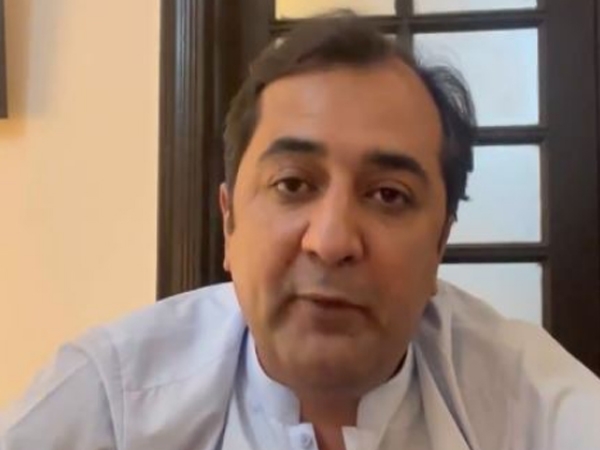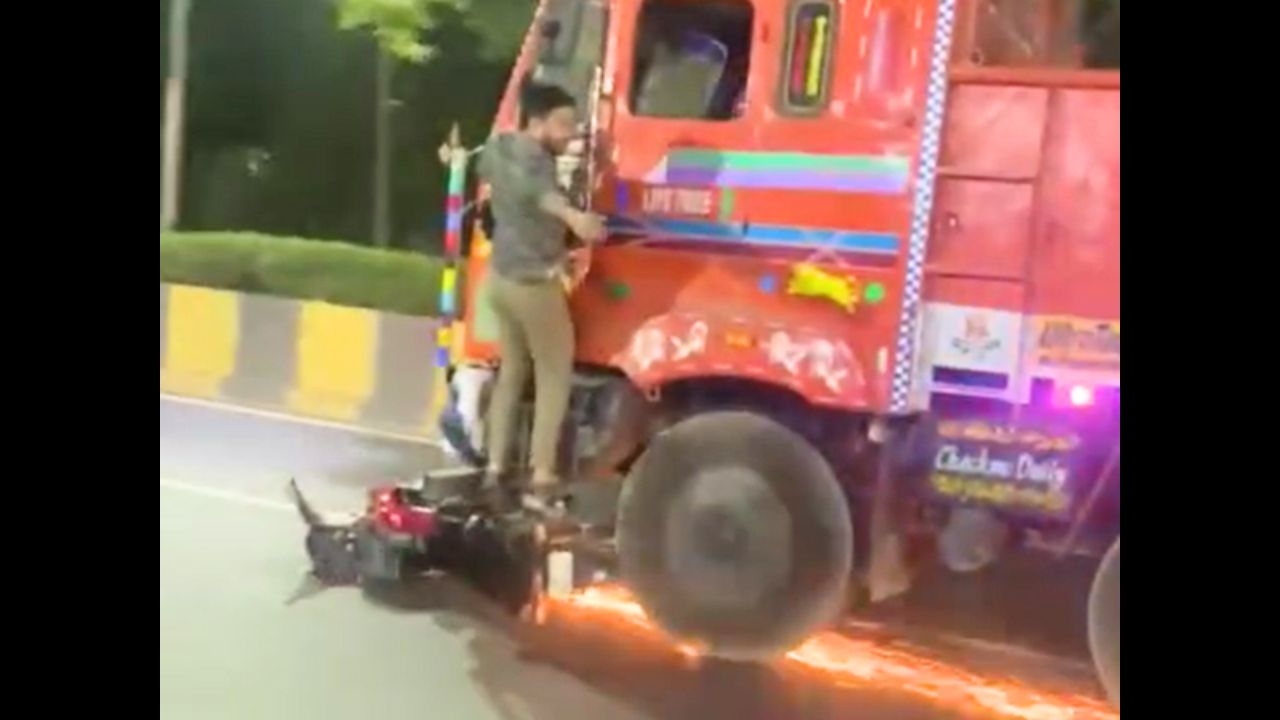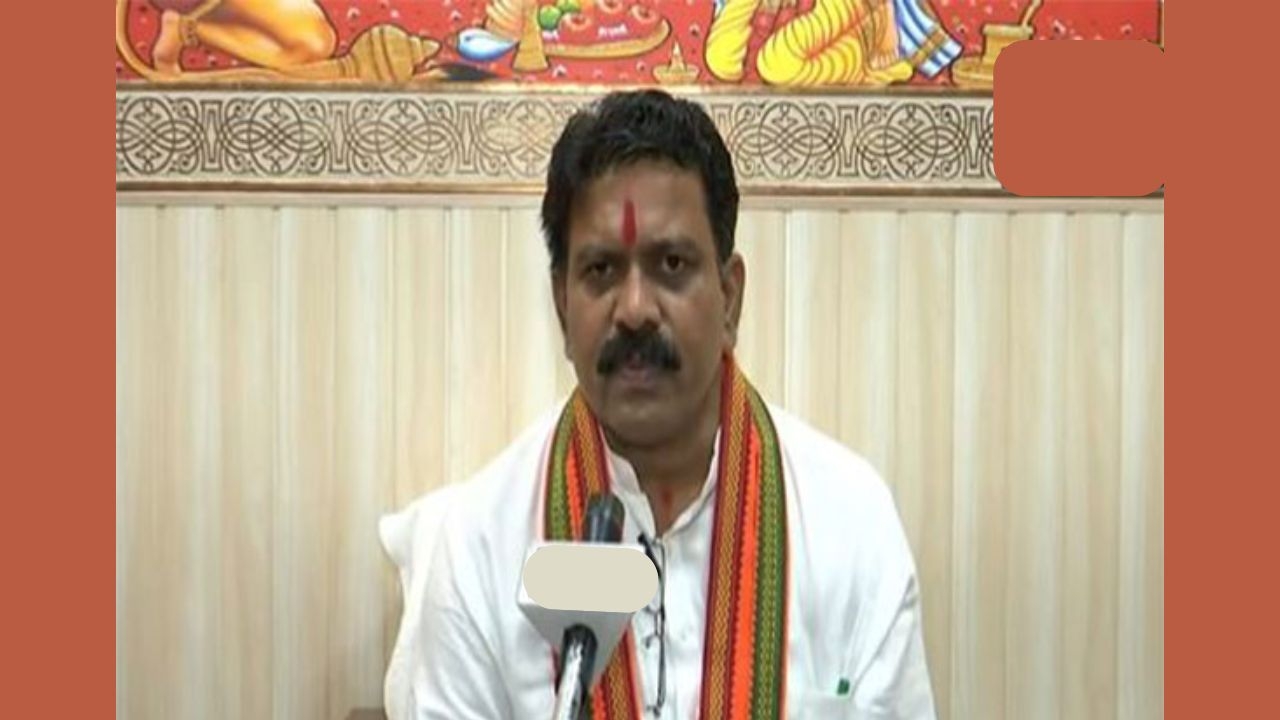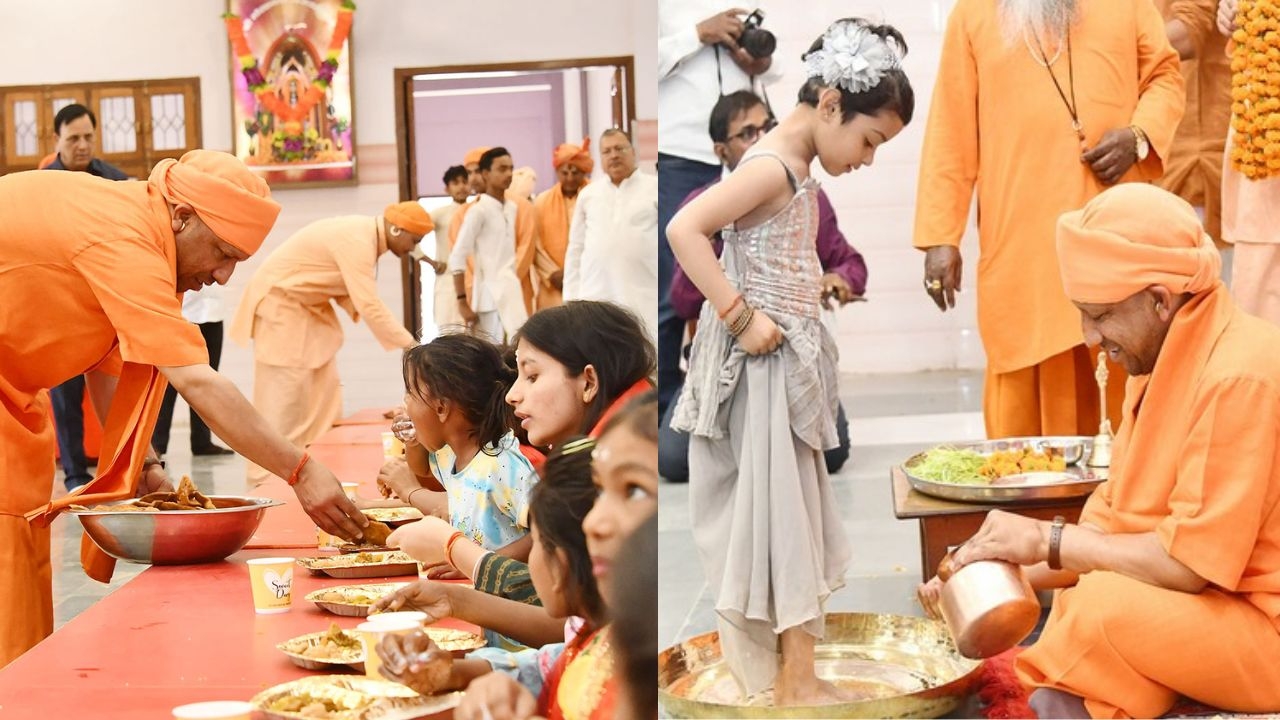A long month in the life of turbulent West Bengal

FIRST ACT
One month is a short time to judge the trajectory of a life, less so in the case of the life of a territorial-political entity called a state. Yet at times, years pack into months, months pack into weeks, or even a week.
Such is the role of turbulence in compressing time, and such is the life of West Bengal.
From the hills of Darjeeling to the deep south of Gangetic delta, troubles have flared up throwing up challenges to the chief minister of the state, fighter-politician at core, Mamata Bandopadhyay, that would have put even seasoned administrators in a quandary.
It all, however, began on an innocuous note, though we cannot say that the events sprang up from nothingness. To that, we shall come later.
Speaking tongues
On 16 May the chief minister suddenly announced that Bengali would be a compulsory subject in all schools across the state as part of a three-language formula. “Students have the freedom to take any language of their choice as a first language, second or third language. If the student chooses Bengali, Hindi, English, Urdu, Gurmukhi, Nepali, as the first language, he/she may opt for two other languages of their choice,” she said in a Facebook post.
And further, “One of the three languages would have to be Bengali. The two other choices are completely dependent on what the students chooses,” she said.
Three days later the Assam education minster declared that Assamese would be made a mandatory subject in all schools in Assam including those under the Central Board of Secondary Education (CBSE) and Kendriya Vidyalaya Sangathan (KVS) till Class 10. The minister added that students in tribal areas and Barak Valley, who do not want to study Assamese, would be given a choice to opt for Bodo and Bengali respectively.
Another three days later, accepting a Parliamentary panel’s suggestion that Hindi would be compulsory in Kendriya Vidyalayas and schools affiliated to the CBSE. President Pranab Mukherjee asked the Centre to further deliberate while formulating the Hindi-must policy. In any case, Mamata Banerjee was not alone in declaring that the language of the state would have to be taught in state schools.
She added, as if in some premonition of things to come, “Bengal respects all languages and languages of all states. Our three-language formula shows how we really do... India is a vast country and the strength of our nation is unity in diversity. We must respect every mother tongue and also give every regional language its importance. We believe in the freedom of choice and the three-language formula.”
Yet given the political situation in the state, the announcement required, beyond a sudden Facebook post, greater prior consultation and policy deliberation. After all, in Bengal, there has been a long-standing agitation by the Santhals for the introduction of Santhali language where Santhals were in large number.
Besides, there are other minority languages.
So, given the conflict over separate statehood in the hills and the standoff between the government and the Gorkha Jana Mukti Morcha (GJMM), more care and open consultations with various segments of the society were needed. As with many good (and bad) things in the state, this policy was announced suddenly, instinctively, without much thought – exactly the way populist politics conducts itself.
It was like a sword handed over to the enemy who was on the retreat. The GJMM lost no time in picking up the sword. It immediately launched a campaign against the “imposition of Bengali”.
Clearly, the administration had underestimated the strength of the adversary, which was admittedly looking for an opportunity to recover lost ground.
Protesting it
On 7 June the GJMM announced that to protest against the government’s language policy of making Bengali mandatory in schools, the hill people would go on a 'power-cut strike' during the CM Banerjee’s four-day tour. The protest would entail electricity of all houses, offices, and markets shutting down for two hours every day from 6PM to 8PM.
The GJMM’s protest against making Bengali a mandatory language in the educational institutions of the hills spread widely. A massive rally led by GJMM Central Committee member, Sandeep Chhetri, also assembled on 9 June at Dhupguri in Jalpaiguri where the Gorkhas are in substantial number.
The GJMM said that either Nepali as a language could be accepted or Hindi, but was strictly against making Bengali mandatory in schools across the hills and the contiguous plains.
The CM repeatedly clarified on the issue of alleged “imposition of Bengali language” in schools in the hills and reiterated that Bengali was not being made a compulsory subject. “Rather, we gave recognition to the Nepali language,” she claimed.
The protest began with a 12-hour bandh immediately as the state cabinet gathered in Darjeeling on 8 June for a meeting. The chief minister had declared on 29 May that the government would hold cabinet meetings henceforth in the hills and Jangalmahal, “two out of the four cabinet meetings will be held in the hills. The rest of the two meetings will be held in different districts of Jangalmahal. Therefore, the north and southern districts will be covered”.
This was seen as imposing government’s presence in the hills and rubbing its heavy presence on the sore skin of GJMM. The government had not informed the Gorkha Hill Council (GHC) officially even as a matter of formal courtesy, while the GHC was supposed to be the local body for autonomous rule.
Once again an administrative decision taken in a populist manner with good intention but without care and deliberation had misfired.
The agitation, as known now, spread quickly, engulfed the entire hills, and on 9 June vehicles were burnt and clashes with the police took place. The call for a separate state of Gorkhaland was revived in a strident manner, and a large number of hill people were mobilised. The Army was deployed in the restive Darjeeling town after GJMM supporters became violent.
There were attempts at arson when agitators began marching to the venue of the cabinet meeting presided by the chief minister. Troops had to be called in after protesters damaged and burnt police vehicles, set ablaze government property including police jeeps, a state transport bus, and several cars.
In no time government offices were burnt down in different places across the hills, and dissenting individuals were coerced into following the GJMM-led agitation. Many of them left for Siliguri. Police had to lathi-charge and fire tear gas shells.
In the clashes, several policemen were hurt, and three agitators died, though it is not clear if the police had opened fire or some others had fired on them.
The GJMM intensified its agitation, declared an indefinite strike, and asked tourists and students from outside to leave the hills in two days. The hills went over to the hands of the agitators. The police remained, on the whole, bystanders. The GJMM declared “no talks” with the state government. It placed its faith on the Centre.
Centre-State tussle
If the state government was taken aback at the sudden turn of events, the fury of the protest and the rampaging form of the opposition in the hills, it had only itself to blame.
The GJMM protests had started after it lost to the All India Trinamool Congress (AITC) in the last civic polls in Mirik. It was after three decades that any party from the plains had done well in the elections in the hills.
The GJMM had not liked also the formation of development councils and boards for ethnic minorities in the hills. It also considered government’s development policies in the hills as measures to bypass the GHC and create division. Several activists had joined the AITC in previous months or had opted out of GJMM.
In this background, the government thought that the GJMM was in retreat and these measures had put the latter on the mat. Evidently, the government had miscalculated. Its hasty steps misfired, and now regaining stability in the hills will be an extremely difficult task.
Meanwhile, with the central government encouraging the GJMM on its war path and refusing to send any additional forces to maintain law and order in the hills, the dilemmas that torment the administration are: Whether to use force or not? How much to tolerate and for how long? Whether to dialogue or not? Should the government follow a policy of wearing the opposition down or will that policy backfire and hand over the hills to GJMM on a platter? After the initial grave errors, will a policy of caution encourage the moderates to come out in favour of peace or will it encourage the militant opposition to browbeat the moderate voices into falling in line?
Picking sides
Once again a populist government in the face of a much better-equipped adversary, sinister, and with better political and material resources, is showing its weaknesses, fault lines, and chinks in its armour.
The MP for the hills belonging to the BJP has openly supported the GJMM, condoned violence and arson, and encouraged confrontation. The Centre blows hot and cold. Intelligence agencies are reportedly aiding the agitators.
The state government is now caught in a limbo. It does not want that agitators be killed even when they are armed. It cannot apprehend the leaders, even when they are already charged with murder and are out on bail from the high court, lest there should be a violent confrontation. Their own intelligence failed disastrously.
The AITC had overestimated the following of the moderates and has to now witness silently as its house collapses like a pack of cards in face of violent agitation and the massive support the renewed demand for Gorkhaland has secured.
One reason for this overestimation is that the government forgot that the demand for Gorkhaland was not only an old demand, but proponents like Bimal Gurung had been encouraged by the creation of Telangana by the Congress in 2013 and the BJP’s sympathy on the issue.
History & Geography of it
Till 1780, the Darjeeling hills belonged to Sikkim’s Chogyal, but the Nepali-speaking Gorkhas had fought against him, demanding secession. That year, they had captured Darjeeling, Siliguri, and other regions of Chogyal’s territory.
By the 1800, the Gorkhas annexed Sikkim as far east as the Teesta River and the Terai. The British had tried to stem this advance of the Gorkhas to the northern frontier. The Gorkhas were defeated in 1814 and the British made them sign the Sugauli Treaty the next year, compelling them to return to the East India Company the area between the Mechi and Teesta rivers they had annexed from the Chogyal.
In 1835, the Chogyal under a ‘Deed of Grant’ gave the Darjeeling hills, including an enclave of 360 sq km, to the East India Company.
Finally, in November 1864, it signed the Treaty of Sinchula. Bhutan ceded the Dooars it had annexed from the princely state of Cooch Behar along with the passes to the hills of Bhutan and Kalimpong.
Darjeeling, now spread over 3196 sq km was made a Scheduled District in 1874 and renamed as Backward Tracts in 1919.
From 1935 to 1947, the region was known as Partially Excluded Area. The demand for a separate state dates back several decades. By forming the GTA, the first demand raised in 1907 for a ‘separate administrative set-up’ was conceded. Matters unfolded further.
In this background, whatever negotiations were to be conducted now, how could the state government think that this history could be made to vanish into oblivion?
Utmost care was needed therefore for continuous conversation, notwithstanding GJMM’s violent policy. Not only the state government had no strategic understanding of the situation, it allowed itself to be pushed into a corner by having no mass policy, no effort to renew links with the moderates, no attempt to have an interlocutor, and continuously trying to cut the ground off GTA’s feet by bypassing it while taking developmental steps. It helped nobody.
The government lost dialogic partners, unable to talk to anybody now.
Hitting trade
The government also opposed the strike in the tea gardens that happened around the same time. The two-day strike was called by tea garden workers under the banner of a joint forum, a conglomeration of 23 trade unions operating in the tea industry in the region. The forum demanded implementation of minimum wages at the earliest as the previous agreement on the implementation of minimum wages concluded on 20 February 2015 had expired.
Workers now demanded, and quite justifiably, a fresh and modified agreement on minimum wages and other benefits. Plantation workers in the state are the worst paid compared to other tea-producing regions of the country.
The GJMM has succeeded in dividing workers on ethnic lines much to the delight of planters as it would help them find an excuse to delay wage negotiations. The AITC government instituted the PDS (public distribution system) in the tea belt but did nothing to enforce minimum wages.
The Left had done nothing during their long rule. And the state government declared the present strike illegal in the fear among others, that this would help the GJMM and others – all these while the Kerala tea workers are already getting a statutory minimum wage three times higher than the wages in West Bengal.
On the top of all this, the tea garden workers suffer linguistic discrimination. These are crucial issues that will decide how the agitation will spread to the plains of Terai and whether the AITC will get people’s support there.
And it goes on...
At the time of writing the agitation continues. The hills are burning. One by one human casualty is mounting. Politics has been and will become more contentious. As the month of June ended, it did not seem that a government, used to running the state in a developmental mode and by populist measures, would soon find a way out of the impasse. The situation is unfamiliar to it. Its dilemmas are too many. And its adversary at the Centre is too strong.
The situation calls for political resourcefulness, innovative tactics and ideas – the only way for the state government to escape what strategists call a hurting stalemate. The million rupee question will be: How can the state government embark on a path of dialogue thereby stymieing the adversary? What will be in this context the form of dialogic justice, only with which it can play its game in contentious politics?
Dialogue, the first rule to remember, is not a total end to contention, a dialogue is a contentious conversation. And only with dialogue, it can extricate itself from the passivity in which it finds itself. Here are 10 ways it can consider:
1. Ways to strengthen the autonomy of the GTA;
2. Mechanisms of guaranteeing the functioning of the GTA;
3. Joint review and joint custodianship of the agreed institutions of autonomy;
4. Guarantee of minority rights within the territory of the GTA, such as the rights of the Lepchas;
5. Fiscal transparency;
6. No external meddling by Sikkim and the Union government;
7. Interface of responsibilities and powers in ethically mixed areas on the peripheries of the territorial administration where Adivasi communities, Bengalis, and Gorkhas live together, such as in the Dooars, so that an autonomy arrangement does not transform into homeland politics involving ethnic cleansing and murderous riots for proving ethnic preponderance of a group as has happened in Bodoland (therefore the importance of minority rights within the GTA territory);
8. Exploring the possibility of other arrangements of autonomy as in Tripura (autonomous district council along the line of sixth schedule) and Ladakh;
9. Greater responsibility to be undertaken by the state government, such as beginning a department of the hills, ministers to be taken from the hills, preferably representing the GTA, and greater involvement of the hills in running affairs of the state through mechanisms such as reservation).
10. Finally series of measures towards ensuring labour security in the tea gardens.
Dialogue along this path will be different from the perfunctory one the government took when it called an all-party meeting on 22 June in Siliguri. It must realise that the decision for dialogue is strategic. It will be as serious as concluding an armistice agreement, or deploying the Army, or drawing a five-year plan.
The lessons of mismanaging demands of autonomy are strewn all over the country. If Darjeeling is mismanaged, the Centre will step in, and with few more burning fields emerging in the state, who knows if the President’s Rule will not be imposed in the state with the BJP already representing the hills in the parliament? The cup of hemlock will be full then.
SECOND ACT
Meanwhile, on 30 June 2017 in Bashirhat in lower Bengal trouble erupted when local leaders and clerics belonging to one community mobilised people on the ground that their religion had been attacked following a Facebook post by a teenage boy and demanded swift action.
This was not, of course, the first time such a morphed image had been was circulated on social media. Like on previous occasions, this was a bait.
Clashes erupted. The initial anger over the hate post was controlled. Till Monday protests were largely peaceful, with the chief demand of swift action against the teenage boy. Then reportedly one of the protesters was hit by a weapon in one such protest assembly on 3 July.
Protests quickly became widespread. Many in the crowd demanded that the boy be handed over to them, but others in the crowd and in the localities resisted. Vehicles burnt. Houses were ransacked and put on fire. Political leaders faced hostile crowds. Video footage circulated by news channels showed large mobs going berserk as people ransacked and torched shops, houses, and public property, including police vehicles.
The extent of the damage is still not known, though it was later found out that many of these were fake video footages. For instance, a photo was circulated on social media of the parents of the young boy who had written the Facebook post as severely beaten, though his mother had passed away long ago.
The Kolkata Police arrested a person for sharing an image from a film and passing it off as one from West Bengal's North 24 Parganas that had been hit by communal violence, which had left one dead.
The social media eco-system proved its hollowness.
Control measures
The government tried to de-escalate the situation. Meanwhile, the Governor following a delegation to him by the BJP jumped in the fray admonishing the chief minister for taking sides, meaning that “Hindus” were not being protected, and asked her to provide security to the inhabitants of Basirhat-Baduria.
The chief minister said that she had been humiliated by the Governor, and the government said that the Governor was behaving like a BJP functionary. And indeed, one top BJP leader in West Bengal said that the Governor was proud to be a follower of the Prime Minster Modi.
The chief minster addressing the agitators on both sides said, “The community that started it yesterday, I tell you, because of you I had to hear a lot (today). Someone wrote something on Facebook and the police are taking action, where is my fault? Our ma, maati, manush government gives you enough protection, but if you think you will go against us or insult our government… keep in mind, Mamata Banerjee is not on the side of anyone, but on the side of humanity.”
On 4 July, paramilitary forces were deployed after footages of the riot were shown widely and the public spat between the Governor and the chief minister became widely known and infuriated many. The religious-political forces belonging to the majority community defended the Governor saying it was his duty to save the “endangered” Hindus and all.
Fortunately, groups, particularly local leaders, belonging to the minority community, realised the mess they had created. They retreated. However, there are reports of attacks and scuffles, primarily between BJP workers, comprising mainly Hindu migrants from East Pakistan and later Bangladesh, and local Muslim population.
The administration has also alleged that Hindi-speaking “outsiders” have incited the mobs. One report spoke of video of the crowd chanting Bharat Mata ki Jai with saffron flags and burning an effigy, on which was written in Bengali, Mumtaz Begum (Mamata after converting to Islam had taken this name!).
There was one death on 4 July – of Kartik Ghosh, aged 65 – in a scuffle between two groups. The same day a police officer was injured in an attack by BJP supporters who blocked an arterial road in protest against an attack on property belonging to Hindus. Many local offices of the AITC were vandalised. Several people belonging to the minority community were admitted to hospital.
Border issues
Basirhat-Baduria thus grabbed headlines. But remember this was once again not sudden. Efforts were on for months to provoke tension. Some local media had earlier reported that Pakistan’s flag was hoisted in the area on the occasion of Eid, although the reports were unconfirmed.
Clearly, the border areas had been on the radar of right-wing religious forces for some time.
One organisation’s name, Hindu Samhati, cropped up in recent events of communal tension. On 6 July, the government finally took the step of banning both the Hindu Samhati and All India Majlis-e-Ittehadul-Muslimeen (AMIM) from holding any rallies there.
Hindu nationalist videos got wide viewership and were subsequently stopped. Rumours of rapes, murders, and attacks on temples were spread fast on social media. In one case reportedly shots from a Bhojpuri film were used to present one community as the evil one.
Basirhat-Baduria is clearly a case of an institutional system of creating a riot at work to promote certain political forces in power. In this case apart from the use of social media, bringing in massive institutional pressure on a weak government so that the latter caves in, violent modes of religious demonstration to work up a frenzy, and a shrewd electoral arithmetic are among the elements of such a system. Add to these the fact of careful choice of site to begin communal trouble.
Thus, Basirhat is on the Bangladesh border. Many of the inhabitants migrated from East Pakistan after Partition and the 1971 war. There is a strong anti-Muslim feeling among many of them for historical reason, and while the urban and semi-urban areas consist of Hindu population, the rural areas are predominantly Muslim.
BJP made inroads there in the 2011 Assembly election and had won the Basirhat seat. At the same time the old political parties – the Congress and the CPI(M) – are busy needling and attacking the government on various grounds instead of attacking the BJP.
However, it is Bengal. People in Baduria-Basirhat have quickly regrouped to regain peace. Peace efforts are on at ground level. Peace committees have been formed at government’s advice. Know thy neighbour campaign started in no time. In fact, when about 200 people mostly from outside his village tried to torch Souvik Sarkar's (the boy who had shared the Facebook post) house, local people belonging to the other religious community came to his rescue.
According to local reports, the teenage boy, whose mother had died long ago, was protected by Amirul Islam, an old neighbour, also the president of the local mosque committee. Another person Maqsud apparently called the fire brigade.
Such examples are many. A peace mission was brought out in Baduria by local people.
An all-party meeting was held in Swarup Nagar police station. The chairman of the Taki Municipality, Somnath Mukherjee, and vice chairman Azizul Haque together held an all-party meet in Taki. On 6 July a community meal was organised by the panchayat samiti where Hindus and Muslims together had a feast. From 7 July people started loudly raising voice against the riots, making the task of administration easier.
However, tension remains. People are fearful, and stability is fragile.
Again the question then: What did the government do? While it later pulled its acts together and imposed order with sensitivity so that lives are not lost in police action, why was it hesitant in the first two days? Mere shuffling of police personnel in Darjeeling did not serve any purpose. Here too it cannot do the trick. Why was the government not firm from the beginning?
There lies a different story.
Communal divides
Communal forces have been active in the state for the last one year. On the occasion of Ram Navami, they carried arms in procession. They created false reports of riots in places and shouted objectionable slogans outside other places of worship and prayer. Each time an alert police intervened and prevented those from spreading.
Yet there was no preventive step from the government, no firmness, no caution. Some of the techniques of communalizing a situation are age old. They indeed are from the colonial time, and now they have become parts of the institutional way of creating a riot. Except issuing statements the government did nothing in these months to dismantle the system of creating communal clashes.
The government should have seen beyond its nose. The Contai by-election showed that Left and Congress votes had been transferred or gone over to BJP, and something more politically and administratively needed to be done beyond speaking out against the Centre on issues like demonetization.
West Bengal witnessed hitherto unseen show of strength by the religious forces on the days of Ram Navami and Hanuman Jayanti. Processions with swords and other weapons dared the chief minster to take steps.
With the government wary that any strong step may prove counter-productive, the political leaders of the Right were allowed to do as they liked, though some cases on followers were slapped.
To make matters worse, the AITC leaders in various places joined the celebrations of Ram Navami and Hanuman Jayanti. Huge cut-outs of Ram and his servant Hanuman were erected. Perhaps the AITC in this way wanted to take the wind out of the sail of the BJP. But, this was a repeat of an old Congress style, namely, practise soft communalism to prevent extreme communalism. It never worked in the Congress time, it will not work now.
The people of Basirhat have perhaps saved the administration as of now. But the fundamental dilemma remains for the government: Should it be strong on the BJP and the religious right? Or, should it be soft, and take steps only to the minimum extent required? Can votes be garnered in this way?
Vote-bank politics & lessons
Mamata Bandopadhyay could have studied the history of the administrative and political vacillation of the SP government in UP. Its softness in Muzaffarnagar or elsewhere did not count in elections in face of an aggressive adversary.
Yet the long month of June was not fruitless. Both Darjeeling and Basirhat have lessons for the government – particularly for a government depending on populist politics.
First, as indicated earlier, the cow belt politics that earlier repeatedly failed in making a lasting impact on the state is aggressive this time – with men, resources, and executive fiat of the Centre. The challenge is difficult, and the state government is ill-equipped to handle the challenge.
Second, the political vacillation of the state government will cost it dear, as the mechanism to create riots is now well-entrenched in India, and large sections of the middle classes are waiting for a money- laced kingdom of god to appear on earth.
Third, the administrative vacillation in coping with riots, acts of violence, etc. will erode the government’s legitimacy.
Fourth, the government’s dialogic policy is tardy and not consistent. The desire of the AITC to be preponderant in every part of the state contradicts its other policy of dialogue. It must abide by the principle of autonomy.
Fifth, at the root of these shortcomings, is the question of the political structure of the ruling party in the state. The AITC cannot depend on administration alone and eschew the path of mass mobilisation. It left the Hills in fear. It avoided even the middle roaders in the hills.
Even to sustain populism it has to keep people on its side. It may think that whatever may happen in the meantime, it will win elections. But politics is cruel. It does not proceed along a straight path. Often its path is crooked.
Sixth, the itinerant, declaratory, and the plebiscitary style of the Chief Minster cannot be enough. At times it causes grave consequences, such as the result of a sudden announcement of a language policy. Governance requires strategic thinking also.
Finally, mere developmental policies and populist measures cannot satisfy all the requirements of a strong, pro-people mode of governance. These measures may win some elections, but they will wear thin after a time. Election and calculation of votes will eat up all good aspects of governance. And finally, elections will become the nemesis.
Yet all is not lost. The people are still with the government. Violence will backfire sooner or later. Government’s caution is appreciated in many quarters and will pay dividends in the long run. Also, the syncretism of Bengal will, in the long run, prevail over religious fundamentalism.
What is required is strategic thinking in these changed times. Times are turbulent. The government has to be tough as well as innovative.
The author is the Distinguished Chair of Calcutta Research Group
First published: 11 July 2017, 16:22 IST
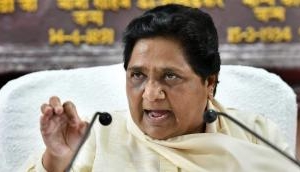
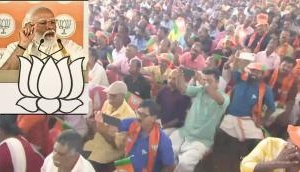
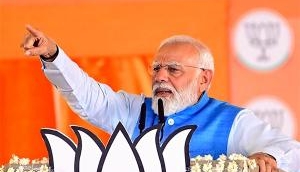
_251267_300x172.jpg)

![BJP's Kapil Mishra recreates Shankar Mahadevan’s ‘Breathless’ song to highlight Delhi pollution [WATCH] BJP's Kapil Mishra recreates Shankar Mahadevan’s ‘Breathless’ song to highlight Delhi pollution [WATCH]](http://images.catchnews.com/upload/2022/11/03/kapil-mishra_240884_300x172.png)

![Anupam Kher shares pictures of his toned body on 67th birthday [MUST SEE] Anupam Kher shares pictures of his toned body on 67th birthday [MUST SEE]](http://images.catchnews.com/upload/2022/03/07/Anupam_kher_231145_300x172.jpg)


